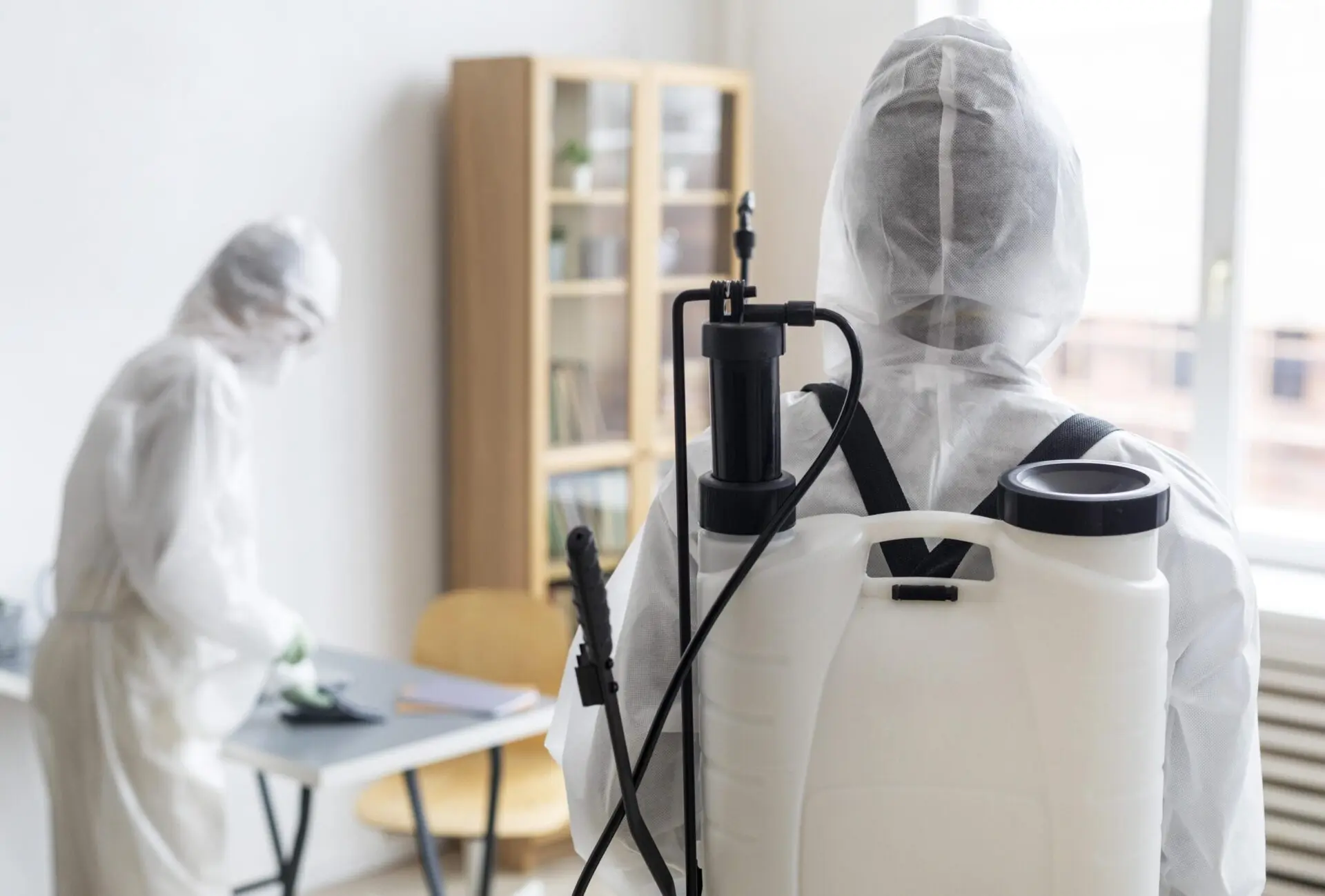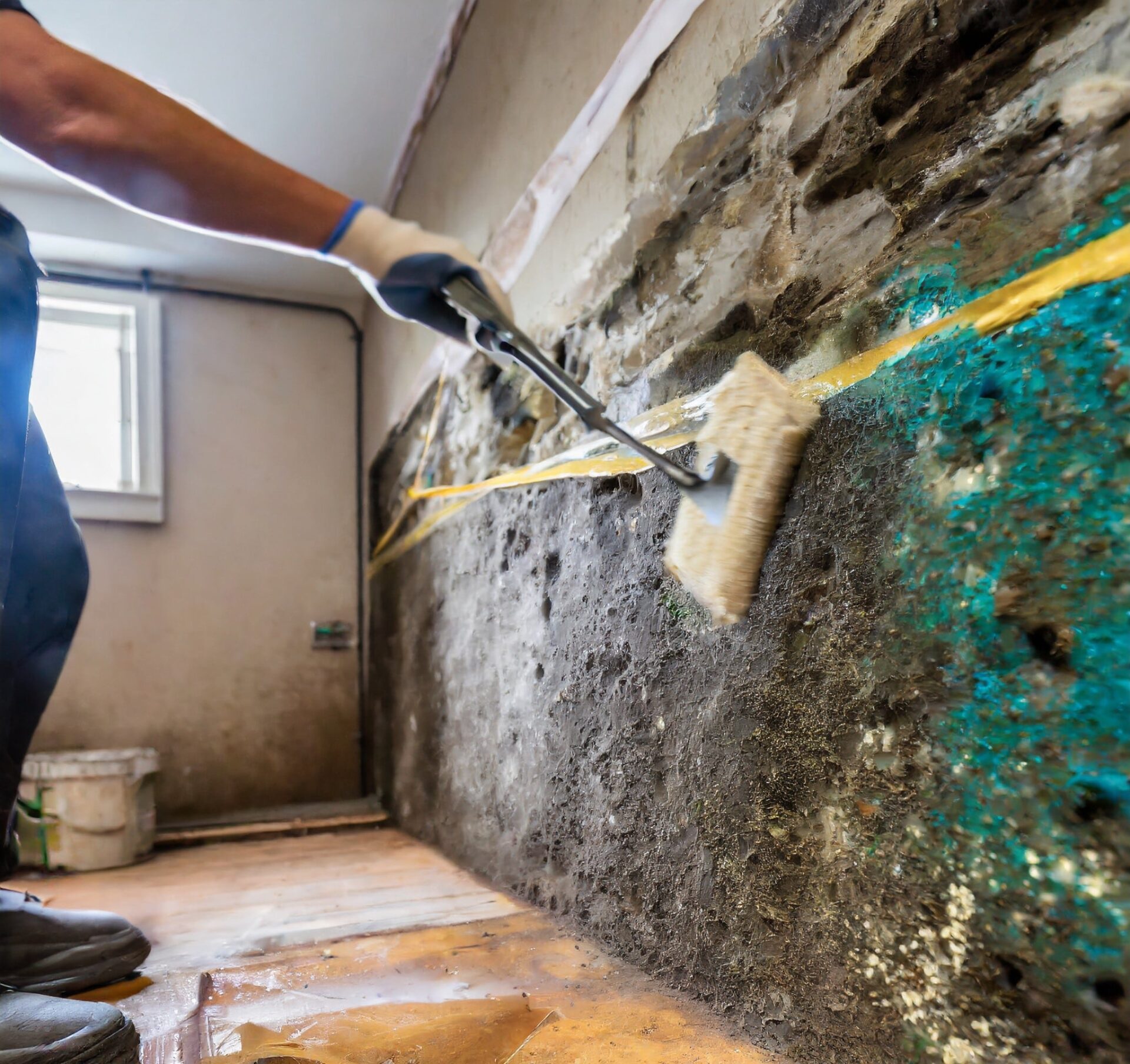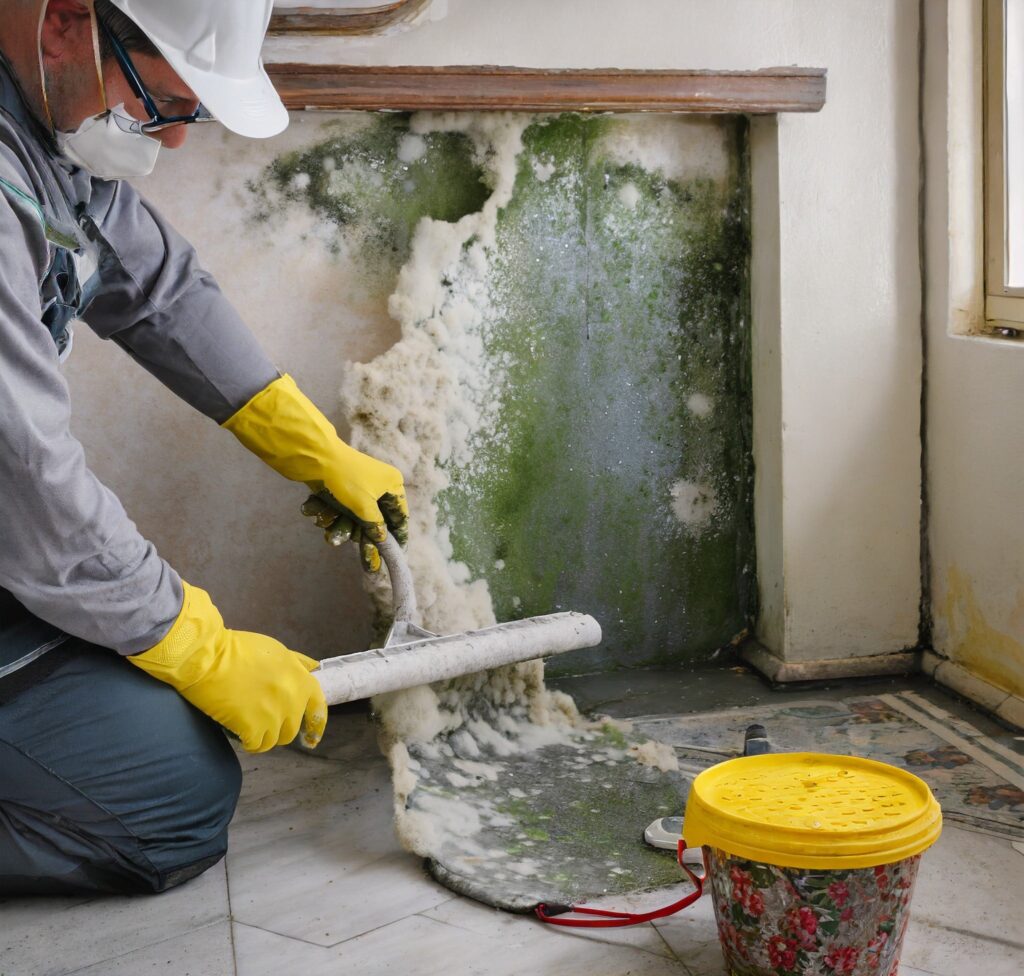In the bustling city of Brisbane, where the subtropical climate can foster the growth of household mould, it’s crucial to stay vigilant and proactively address this common issue. This guide will provide you with the necessary steps to conduct a thorough home mould inspection in Brisbane, ensuring the health and well-being of your family.
Mould can thrive in various areas of your Brisbane home, from damp corners to hidden spaces, posing a serious threat to indoor air quality and your family’s respiratory health. By understanding the risks, identifying the telltale signs, and following a step-by-step inspection process, you can take the necessary actions to address mould problems and maintain a healthier living environment.
Key Takeaways
- Understand the health risks associated with household mould exposure in Brisbane
- Identify common areas where mould can grow in your Brisbane home
- Prepare effectively for a comprehensive home mould inspection in Brisbane
- Utilize visual inspection techniques to detect signs of mould growth
- Follow a step-by-step guide to thoroughly inspect your Brisbane property for mould

Understanding the Risks of Household Mould
Mould is a common issue that can plague households, posing significant health risks to occupants. Exposure to household mould can lead to a variety of concerning health concerns, making it crucial to address any mould growth promptly.
Health Concerns Associated with Mould Exposure
The mould exposure health risks are wide-ranging and can have a profound impact on an individual’s well-being. Respiratory problems, such as asthma and lung infections, are among the most common issues associated with mould exposure. Allergic reactions, including sneezing, itching, and rashes, can also be triggered by the presence of mould.
Furthermore, long-term exposure to mould has been linked to more serious health conditions, including neurological problems and even certain types of cancer. Individuals with weakened immune systems or underlying respiratory conditions are particularly vulnerable to the detrimental effects of mould growth.
Common Areas Where Mould Thrives
Mould can thrive in various areas of the home, especially in locations with high moisture levels and poor ventilation. Bathrooms, kitchens, and basements are common mould growth locations, as these areas often experience elevated humidity and limited airflow.
- Bathrooms: Showers, sinks, and areas around tubs are prime breeding grounds for mould due to the constant presence of moisture.
- Kitchens: Leaky appliances, sinks, and areas with high humidity can contribute to mould growth.
- Basements: Dampness, poor ventilation, and water leaks make basements susceptible to mould infestations.
Identifying and addressing these mould growth locations is crucial to mitigating the risks associated with household mould and maintaining a healthy living environment.
Preparing for a Thorough Home Mould Inspection
Conducting a comprehensive home mould inspection in Brisbane requires careful preparation to ensure a successful and efficient process. As a homeowner, there are several steps you can take to get your property ready for a thorough mould assessment.
First and foremost, it’s essential to identify potential problem areas where mould may be present. This includes checking for any signs of water damage, leaks, or high humidity levels in areas like bathrooms, kitchens, basements, and attics. By being aware of these potential trouble spots, you can help the inspector focus their attention and streamline the inspection.
Next, ensure that the inspector has full access to all parts of your home. This may involve moving furniture, clearing clutter, and providing access to crawl spaces, attics, and other hard-to-reach areas. By making the inspector’s job easier, you can help them conduct a more comprehensive evaluation and identify any hidden mould growth.
- Gather necessary tools and equipment, such as flashlights, mirrors, and protective gear like masks and gloves.
- Identify and address any safety hazards, such as loose floorboards or unstable structures, to ensure the inspector’s safety during the inspection.
- Provide any relevant documentation, such as past inspection reports or maintenance records, to help the inspector better understand the history and condition of your home.
By taking these preparatory steps, you can help ensure that your home mould inspection in Brisbane is thorough, efficient, and successful in identifying any potential mould issues that may require immediate attention.
Visual Inspection Techniques for Mould Detection
Conducting a thorough visual inspection is a crucial first step in identifying the presence of mould in a home. Brisbane homeowners should be well-versed in the common signs of mould growth to ensure a comprehensive assessment. By understanding the techniques and indicators to look for, you can effectively detect and address any potential mould issues before they escalate.
Signs of Mould Growth to Look Out For
During a visual inspection, pay close attention to the following signs that may indicate the presence of mould:
- Discoloration: Look for any discoloration on walls, ceilings, or surfaces, ranging from green, black, white, or even pink hues.
- Musty Odor: A persistent musty or earthy smell can be a clear indicator of mould growth, even if the mould itself is not visible.
- Visible Growth: Carefully inspect areas with high moisture levels, such as bathrooms, kitchens, and basements, for any visible mould growth.
- Water Stains or Condensation: Water damage, leaks, or excess moisture can create ideal conditions for mould to thrive, so keep an eye out for these telltale signs.
By staying vigilant and understanding the common signs of mould growth, Brisbane homeowners can take proactive steps to identify and address any potential mould issues in their homes.
| Mould Detection Technique | Description |
|---|---|
| Visual Inspection | Carefully examine surfaces and areas for discoloration, musty odors, and visible mould growth |
| Moisture Measurement | Use a moisture meter to detect high moisture levels that can lead to mould development |
| Air Quality Testing | Conduct air samples to measure mould spore concentrations and identify specific mould species |
| Swab or Tape Sampling | Collect samples from suspected mould-affected areas for laboratory analysis |
By employing a combination of these mould detection techniques, homeowners in Brisbane can effectively identify and address any mould issues in their homes, ensuring a healthy and safe living environment.

Home Mould Inspection Brisbane: Step-by-Step Guide
Conducting a thorough Home Mould Inspection In Brisbane is essential to identify and address any potential mould issues. By following a systematic approach, homeowners can effectively detect and prevent the growth of harmful mould within their living spaces. Let’s explore the step-by-step guide for a comprehensive mould inspection process.
- Start with a visual inspection: Carefully examine each room, focusing on areas that are prone to moisture buildup, such as bathrooms, kitchens, and basements. Look for visible signs of mould growth, including discoloration, musty odors, or condensation.
- Check for water damage: Inspect walls, floors, ceilings, and other surfaces for any signs of water leaks, flooding, or excess moisture. These issues can provide the perfect environment for mould to thrive.
- Test the air quality: Consider using a mould test kit or hiring a professional mould inspector to assess the air quality in your home. This can help identify the presence of airborne mould spores, which can pose significant health risks.
- Inspect hidden areas: Pay close attention to areas that are not easily accessible, such as crawl spaces, attics, and behind appliances. Mould can often grow in these hidden spaces, so a thorough inspection is crucial.
- Document your findings: Keep detailed records of your observations, including photographs and measurements of any mould growth. This documentation will be essential for developing an effective remediation plan.
By following this step-by-step guide, homeowners in Brisbane can gain a comprehensive understanding of the mould situation in their homes and take appropriate actions to address any issues. Proactive home mould inspection can help prevent the spread of mould and protect the health and well-being of the occupants.
Conclusion:
Recognizing the significance of mould detection in Brisbane homes is crucial for safeguarding indoor air quality and overall health. Homeowners must take proactive steps to regularly inspect for any signs of mould growth and address any issues promptly. Ignoring mould can lead to severe consequences, including respiratory problems, allergic reactions, and structural damage to the property.
By making mould detection a top priority, residents in Brisbane can ensure that their living spaces are safe, healthy, and free from the risks associated with mould exposure. Regular inspections, prompt remediation, and ongoing vigilance can go a long way in maintaining a clean and mould-free environment, ultimately enhancing the quality of life for all occupants.
Embracing the importance of mould detection Brisbane is a vital step towards creating a healthier and more sustainable living environment. Homeowners who prioritize this task demonstrate a commitment to their family’s wellbeing and the long-term preservation of their property’s integrity.

